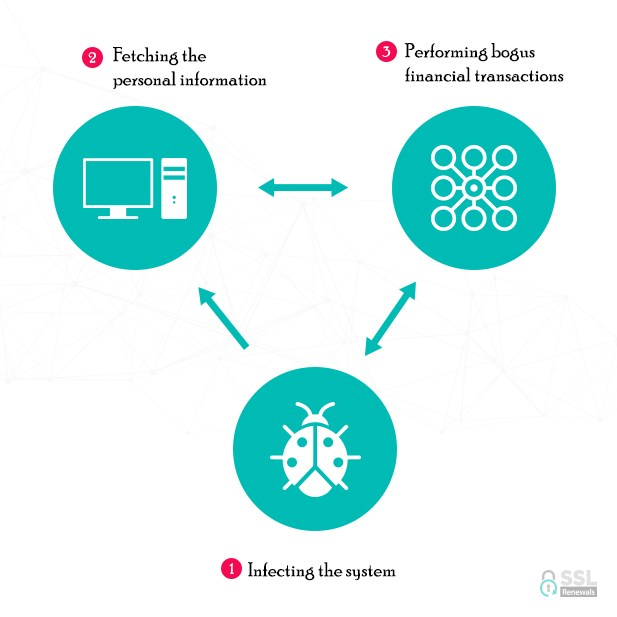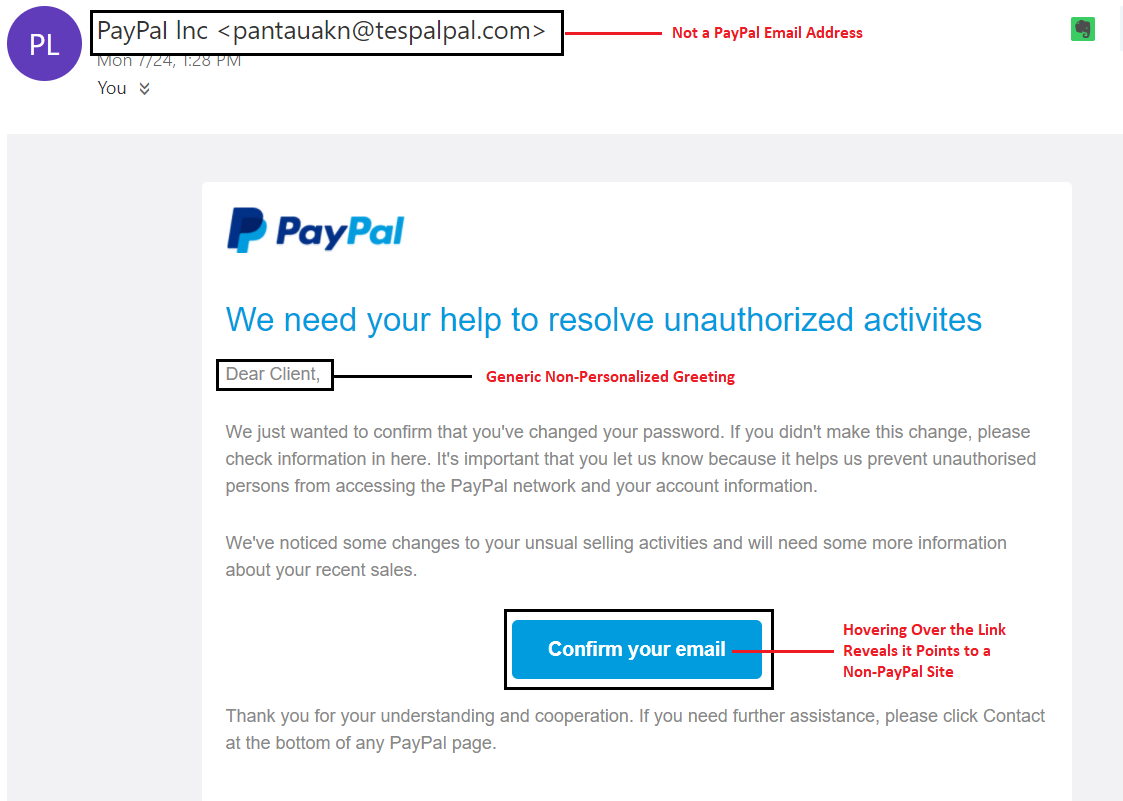Everything you need to know about Financial Malware
Financial malware – the term is exactly what it sounds like. Financial malware is a dangerous breed of malware which is designed and developed to steal financial information and embezzle money from the victim’s accounts.
Everyone is busy talking about ransomware attacks, but Financial malware has proved to be the bigger threat. A recent Symantec report shows that the Financial malware attacks were conducted twice as much as Ransomware attacks in 2016. So, let’s understand what they do and how they work.
How does Financial Malware work?
Fraudsters primarily target electronic fund transfers (EFT) and Automated Clearing House (ACH). These transfers are protected by the financial institutions. However, the security measures don’t come into play if the fraudsters can fool the users into handing over their account details. And this is exactly what they do.
Using social-engineering techniques, users perform actions that are destined to come back and haunt them. The fraudsters trick the users to click on a certain link or download a malicious attachment that comprises of malware but suggests otherwise. Once you click on such a link or download such file(s), the malware starts running through your system’s veins before you even know it.
Once the computer/mobile is infected with the malware, the tricksters lead the victims to enter their personal information through a bogus identification process. After all the details are harvested by the malware, and now the imposters can easily execute fraudulent financial transactions.
Thus, the entire process of financial malware is executed in 3 steps.
- Infecting the system
- Fetching the personal information
- Performing bogus financial transactions

How do I protect against it?
1. DO NOT download pirated files:
“I think piracy is a bit like drinking. You want to stay out all night doing it, you pay the price the next day” says Scott Lynch, American fantasy author.
As much as we love to watch unauthorized (fancy word for pirated!) movies and TV shows, we all know it’s illegal. And before thinking about and respecting the work of hundreds of people (film-makers, actors, editors, directors, etc.), you need to think about yourself more than anything else.
We know how hard it is to turn down the unavoidable urge to click on that download button, but that’s all the fraudsters are looking for. While you are busy watching season 7 of Game of Thrones, the malware could be making its rounds in the background, fetching your secrets.
However hard it may sound, control your urge to download pirated content and avoid any potential disasters.
2. Check the sender of each email and don’t reply to unknown emails
Phishing emails are a tried and tested commodity when it comes to fooling online users. Scammers often send emails that prompt you to send sensitive information. Well, don’t. Whenever you receive such an email or any email for that matter, don’t forget to check the details of the sender. The below image is a classic example of such an email.

3. Use authorized banking apps
Avoid using any 3rd party applications to manage your accounts and make transactions. You should always insist on using official apps only.
4. Check if the website is secure or not
Do you see the address bar with organization name? Well, it’s not for aesthetic purposes. The HTTPS and organization name you see in the URL show that a secure connection is in place between your browser and the server of the website. It indicates that the website is legitimate and belongs to that organization only.
Quite often, malicious websites don’t have HTTPS. Sometimes you may see HTTPS, but there is a very thin chance that the organization name will be displayed in the address bar.

Next time you want to run a transaction, make sure the following things are there:
- HTTPS in the URL
- Company/Organization Name displayed in the address bar
If these signs are displayed, you are good to go.
5. Install anti-virus and malware-detection tools
“Probability of human error is considerably higher than that of machine error,” said late American mathematician Kenneth Appel.
You could be all cautious by not downloading any pirated material and using the authorized apps, but there is always a tiny bit of possibility for malware to enter the system. This is why using security tools such as anti-virus and anti-malware is strongly recommended.
Last bit of advice
Given the fact that financial malware is twice prevalent as infamous ransomware attacks, there is every reason to take them seriously. There was a total of 1.2 million detections of financial malware in 2016. Apart from implementing the above-mentioned steps, there are certain additional measures you must take care of, too.
- Keep Security software and operating system up-to-date.
- Keep monitoring your bank statements.
- Always log out of sessions when you’re done.
- Enable two-factor authentication.
- Employ strong passwords.







